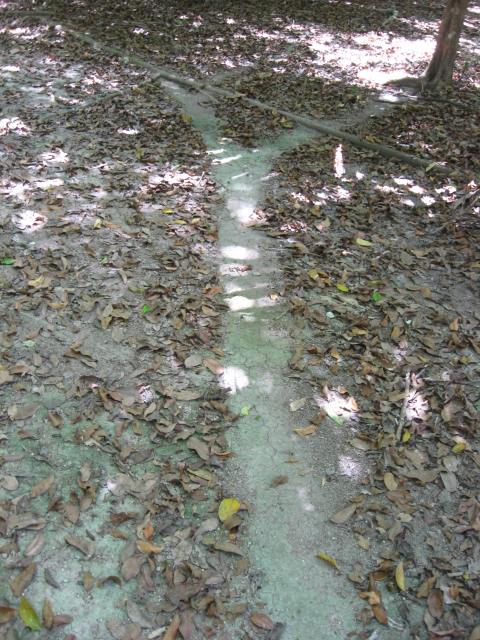
Updated Jun 2022
Leafcutter Ants at Work
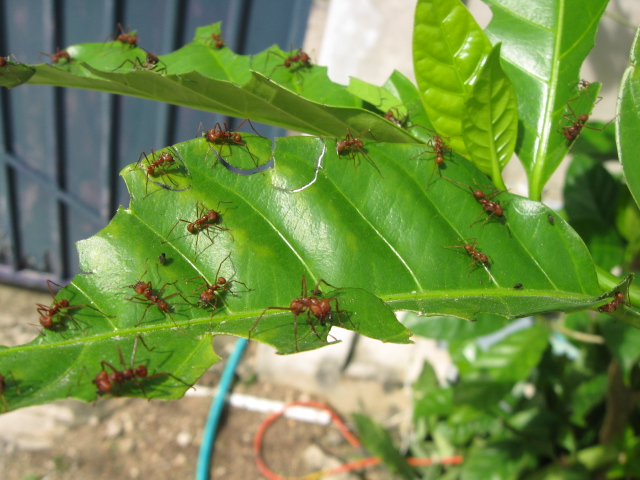

Did you read my stories about the army ants and the lost army ants? You can find them in the category box on the right. The other type of ant that I wanted to see in Central America was the leafcutter ant. The army and the leafcutter ants could not be more different. Army ants are nomadic; leafcutters build huge mound nests. Army ants are voracious killers; leafcutters are vegetarians.
Travel down the ant highway with me to learn about these fantastic ants. Next to humans, leafcutter ants form the largest cities with the most complex societies. Their mounds could be 30 metres (98 feet) across on the surface and extend to 80 metres (260 ft) underground with a population of eight million. In some places, the entrance to the city is elevated above ground level, like a city skyscraper. I think this is to prevent water and debris from entering. (photo above)
Each day, the leafcutters gather leaves, which they take back to their nest. Each ant cuts off a large section of a leaf, much larger than his own body, to take home. They can defoliate an entire tree in 24 hours. I watched them do this. They are fussy. They attack only 17 of the 332 different trees and bushes in Central America.
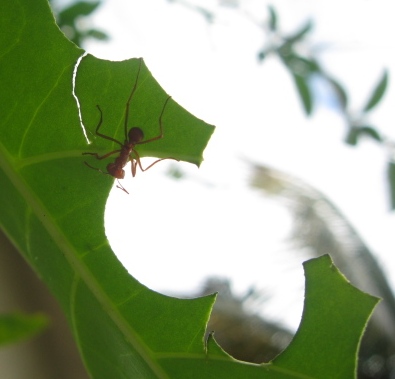
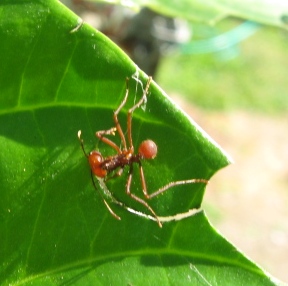
What do Leaf-cutter Ants eat?
Contrary to popular belief, leafcutter ants do not eat leaves. Instead, they take them underground and put them in a leaf garden. They keep them clean and free of mould. Although mould is a type of fungus, the ants are after a different fungus. They chew the leaves to a pulp and then mix them with their saliva and faeces. The garden is well maintained to prevent any other type of growth or debris. If the leaf garden is kept correctly, a specific type of fungus will grow on it. This is what they eat.

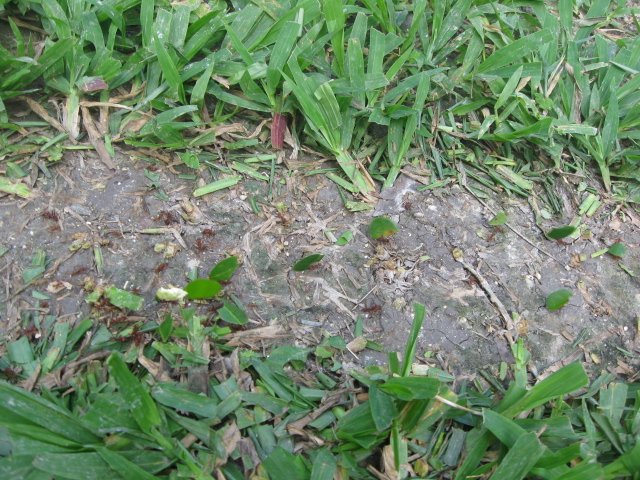
The Ant Highway
Although it is interesting to watch the ants cutting leaves, the best part is watching them travel back and forth along the ant highway. Yes, they do build an ant highway. This road is about as wide as a man’s hand and is kept immaculately clean. There is not a pebble or bit of grass on it. As you know, ants can walk up walls and climb over stones. Although they can do these things, it is easier to walk on flat ground, especially if carrying a heavy load. This seems only natural, right?
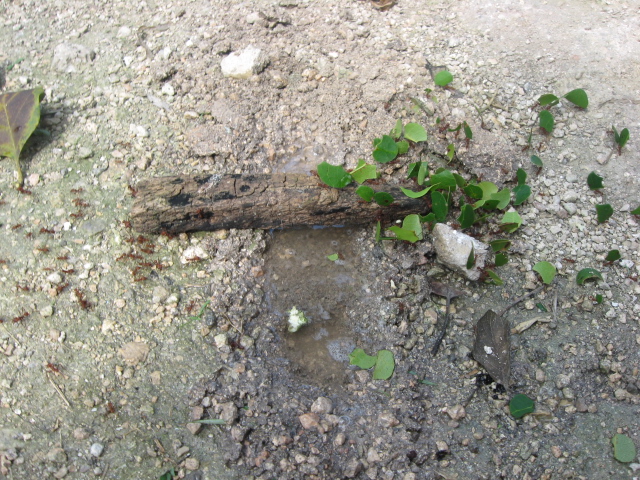
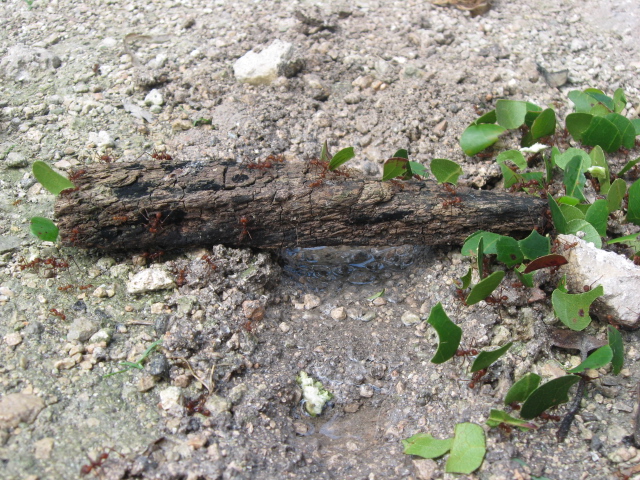
Fun on the Ant Highway
One day I decided to experiment and have some fun with the leafcutters. Using a stick I dug a large trench across their highway and filled it with water. This caused a massive traffic pileup. The ants with leaves were on one side trying to get home, and ants without loads were on the other side trying to get to the tree.
Eventually, they would have found a way around the obstacle, but I decided to help them out (seeing as I caused their problem in the first place). I put a large stick across the trench for them to use as a bridge. They soon adapted to the situation and used the bridge, and slowly the traffic began to flow again, although not as efficiently as before.
If a person walking along were to drag his feet and damage the ant highway, a construction crew would soon arrive to make repairs. Yes, they have construction crews to maintain the highway. They must keep the flow of leaves going to feed the millions of ants in the colony.
Sometimes I noticed that there was no traffic on the ant highway. They do not like it when it is sweltering, and they retreat to their colony for a siesta. They often work the night shift if not enough work gets done during the day.
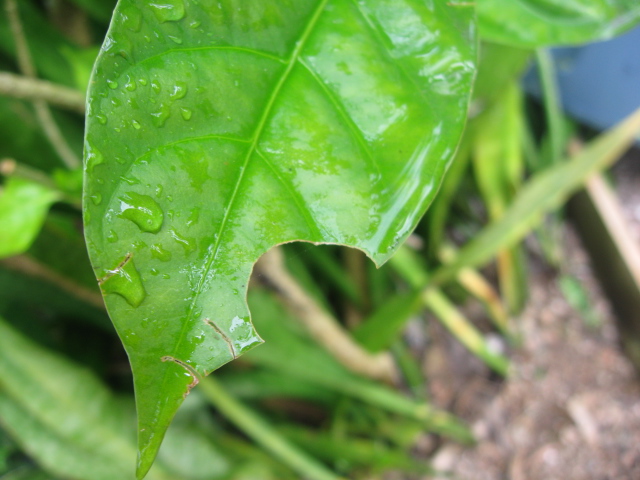
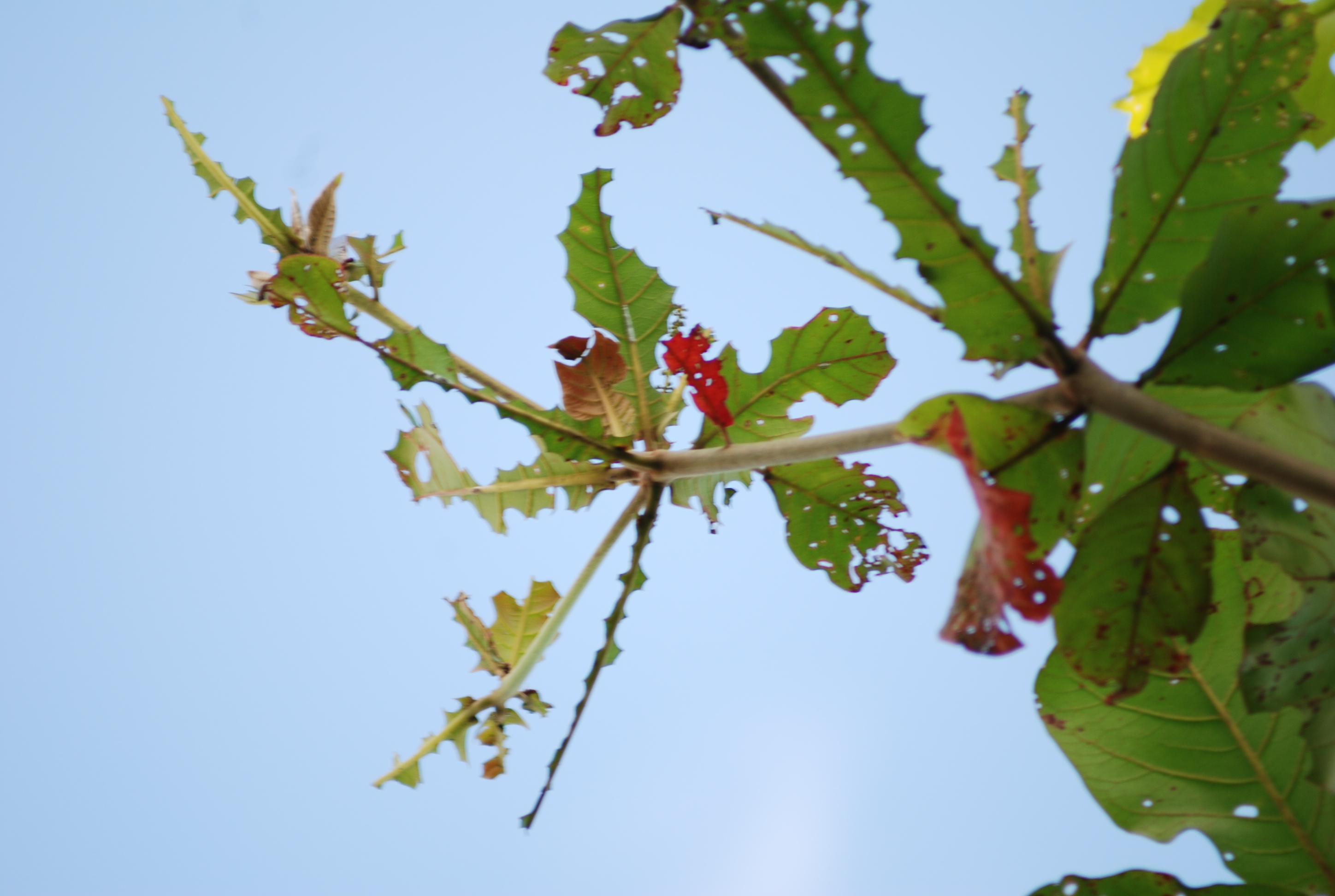
Types of Leaf-cutter Ants
There are four types of leafcutter ants in a colony. Each is a different size, and I will list them here in order from smallest to largest.
- Caretakers: the caretakers stay in the city and take care of the young and the garden. They have a head width of only 1 mm.
- Workers: about twice the size of the caretaker, these ants maintain the city and provide defence if anything were to attack them.
- Foragers: These are the most visible ones. They travel back and forth between the colony and the target tree.
- Soldiers: The large soldier ants have a head width of 7 mm and up to 16 mm in length. They protect the foragers along the route if they are attacked, and they also serve as construction crew on the highway. Their large mandible enables them to move pebbles, grass and other debris from the road.
Sometimes a leafcutter will bite off more than he can carry. Watch this poor ant trying to carry an immense load. It is so tall that he keeps tipping over. However, he does not give up. Instead, he gets back on his feet and travels a few more steps before tipping over again.
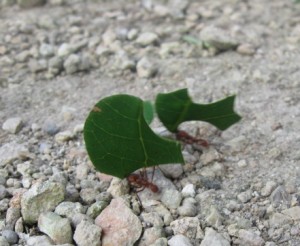
La naturaleza es muy sabia …y estashormigas son la prueba de eso…hermosas fotos, perfectas, te felicito Tom.